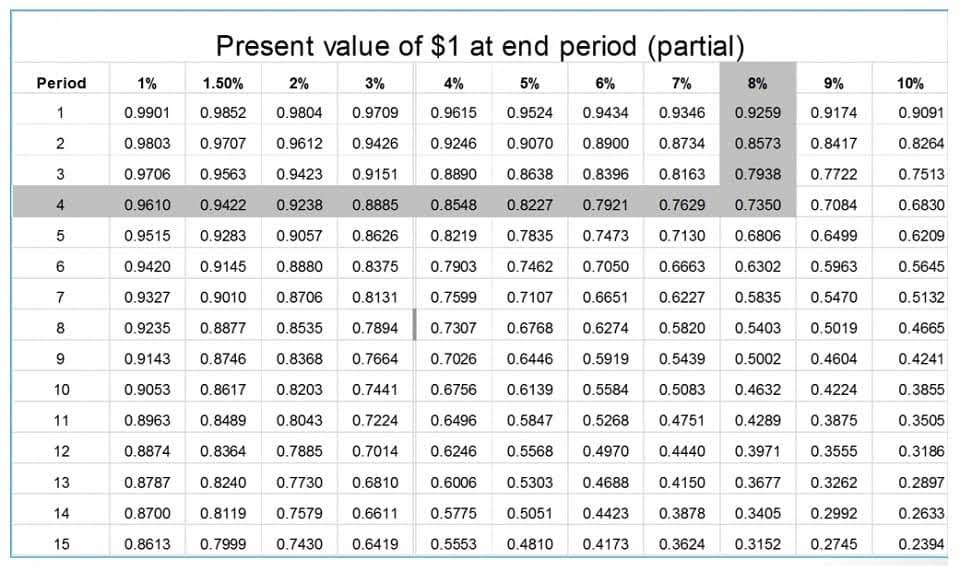
The FIFO and LIFO methods compute different cost of goods sold balances, and the amount of profit will be different on December 31. As a result, the annual profit on shirt sales will be different, along with the income tax liability. Again, these are short-term differences that are eliminated when all of the shirts are sold.

Income Statements for Merchandising Companies and Cost of Goods Sold

Market conditions, inventory types, and business objectives all play a role in determining the most advantageous method. Moreover, regulatory gross vs net requirements and changes in accounting standards can further influence your choice. Remember that your accountant needs to know the value of your inventory month by month to understand the health of your business, so it is not enough to take inventories every so often. When a company opts for FIFO, it first sells the product purchased first.
- By following this tutorial, you can implement FIFO/LIFO calculations in Excel and make informed inventory decisions.
- It’s often beneficial to align with industry standards unless there’s a compelling reason to deviate.
- Different inventory valuation methods can result in additional tax liabilities.
- Under FIFO, older (and therefore usually cheaper) goods are sold first, leading to a lower average cost of goods sold.
- The quantity and dollar information in these columns are updated in real time i.e., after each purchase and each sale.
How FIFO and LIFO impact your financial statements

Then, inventory valuation under the LIFO method is established, which requires tracking inventory layers and expensing the most recent purchases first. Understand LIFO reserve, its calculation, and its impact on financial statements and inventory valuation over time. Under a perpetual inventory system, inventory must be calculated each time a sale is completed. The method of looking at the last units purchased is still the same, but under the perpetual system, we can only consider the units that are on hand on the date of the sale. Last-in, first-out (LIFO) is an inventory method popular with companies that experience frequent increases in the cost of their product.
Higher COGS and lower taxable income during inflation
As a result, ABC Co’s inventory may be how to calculate fifo and lifo significantly overstated from its market value if LIFO method is used. It is for this reason that the adoption of LIFO Method is not allowed under IAS 2 Inventories. A company applying LIFO will face the problem of not being able to sell the oldest inventory from the stock, hence will also create a problem of not showing current market trends. The FIFO (“First-In, First-Out”) method means that the cost of the oldest inventory of a firm is used for the COGS calculations (Cost of Goods Sold).
- By continuously rotating stock and ensuring that older items are sold first, FIFO minimizes losses from expired or outdated inventory.
- In the absence of inflation, both LIFO and FIFO give the same outcomes.
- FIFO is critical for companies handling medications, medical supplies, and healthcare products.
- The Last-In, First-Out (LIFO) method assumes the last goods purchased are the first ones sold.
- The complexity of constantly tracking the last acquired items necessitates advanced record keeping, which may prove challenging and resource-intensive.
- The average cost is a third accounting method that calculates inventory cost as the total cost of inventory divided by the total units purchased.
More Accurate Inventory Valuation
Beyond taxes, FIFO’s higher reported net income during inflation can positively influence investor perceptions and potentially make meeting profit-based loan covenants easier. When you sell the newer, more expensive items first, the financial impact is different, which you can see in our calculations of FIFO & LIFO later in this post. Let’s say you’ve sold 15 items, and you have 10 new items in stock and 10 older items. You would multiply the first 10 by the cost of your newest goods, and the remaining 5 by the cost of your older items to calculate your Cost of Goods Sold using LIFO. The FIFO (“First-In, First-Out”) method means that the cost of a company’s oldest inventory is used in the COGS (Cost of Goods Sold) calculation.
- Companies lacking inventory will have nothing to sell customers, generating no revenue.
- The main difference is that FIFO uses older inventory, while LIFO uses newer inventory, affecting profit margins.
- Companies using perpetual inventory system prepare an inventory card to continuously track the quantity and dollar amount of inventory purchased, sold and in stock.
- Businesses managing products with limited shelf life or rapid technological advancements benefit significantly from this approach.
- On the other side, as we explained above, LIFO is often used in industries with longer-lasting products, such as retail or heavy machinery.
Comparison of FIFO and LIFO Methods
Intuit Assist handles administrative items on your to-do list, so you can focus on big picture growth. To solidify your understanding of these concepts, let’s review a simple example of the calculations.
Cumulative weighted average
- As every item in storage represents tied-up capital, mastering these accounting methods ensures efficient asset tracking and stock management.
- Some companies in the chemical and pharmaceutical sectors use LIFO to manage the impact of raw material price increases.
- Many times, the LIFO calculation is considered a better accounting method than FIFO because of inflation, when the cost of assets is on a rise.
- Manufacturers of vehicles, machinery, and industrial equipment often experience fluctuations in material costs, such as steel and electronics.
- This logical flow mirrors natural consumption patterns and simplifies stock tracking, leading to a more accurate reflection of inventory value over time.
- This sheet acts as your inventory ledger, and the data from here is matched to sales in the balance sheet, depending on whether you select FIFO or LIFO logic.
LIFO is an inventory valuation method that assumes the most recent items added to a company’s inventory are the ones sold first. This is in contrast to FIFO, which assumes the oldest items are sold first. In contrast, the LIFO inventory valuation method results in a higher COGS so the company can claim a greater expense. Since the cost of labor and materials is always changing, FIFO is an effective method for ensuring current inventory reflects market value. Older products are assumed to have been purchased at a lower cost, so when they’re sold first the remaining inventory is closer to the current market price.
Also, you must consider specific industry regulations and tax implications for your company. Built-in tools for tracking, valuing, and managing stock makes sure your team stays accurate and efficient at every stage of the inventory process. Using FIFO, the cost of goods usually stays stable, making it easy to track inventory and costs. LIFO, on the other hand, operates under a Last How to Invoice as a Freelancer In, First Out assumption, where the newest inventory is sold first. FIFO follows a First In, First Out approach, meaning the oldest inventory is sold first.
FIFO vs LIFO Inventory Valuation
When the crypto market is heading up (bull market) and the cost basis is lower than the fair market value, FIFO accounting methods can often lead to the most capital gains. On the other hand, in a market where prices are dropping (bear market) and the cost basis is higher than fair market value, FIFO can limit your gains. If a company’s physical inventory system operates on a FIFO basis, it might be simpler and more transparent to use the same method for cost accounting. FIFO is generally accepted as the more accurate inventory valuation system. Regular inventory turnover tends to keep inventory value closer to market value and is a more realistic representation of how most companies move their products. Cost of goods sold is an expense for a business, meaning it will also have tax implications.













